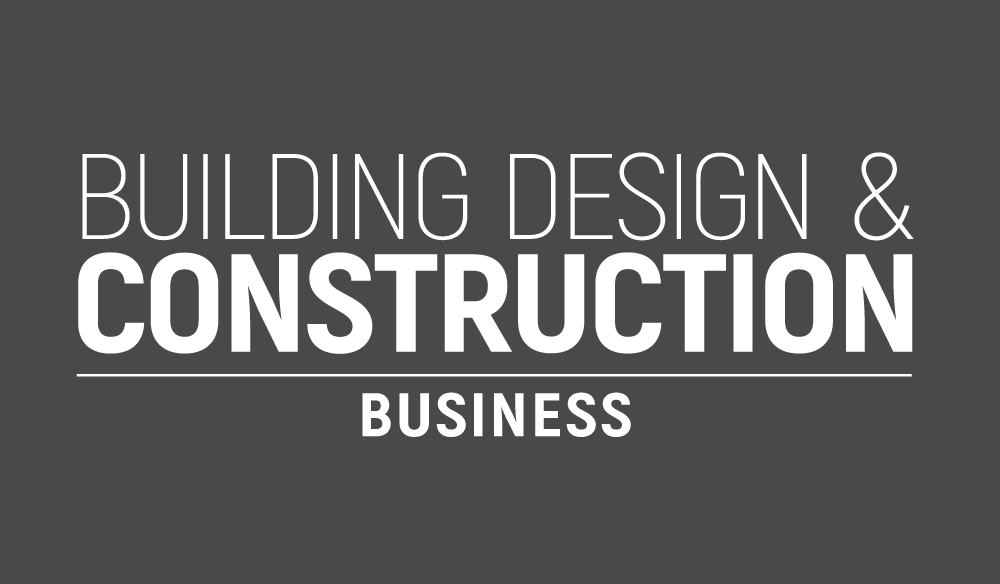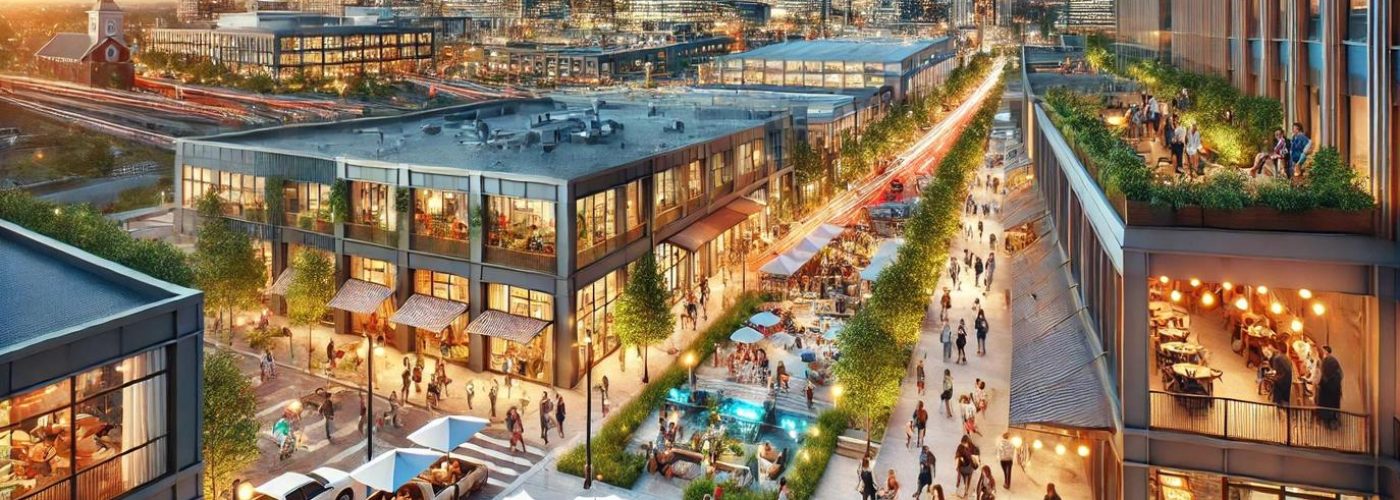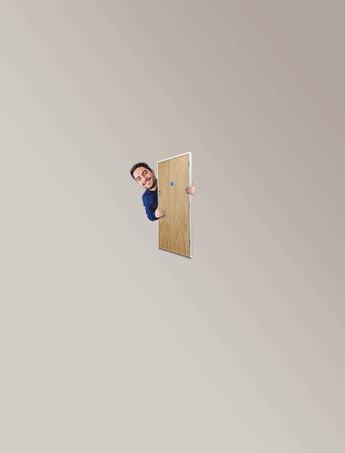There’s a shift happening in how developers think about space. Mixed-use developments used to mean a simple mix of homes, shops and maybe a café or two. Now? Things are changing—and fast. Developers are realising that to really get people through the doors and keep them there, you need more than just a place to sleep or shop. You need an experience.
The push for smarter design isn’t just about ticking boxes. It’s about creating places people want to spend their time in. It’s no longer enough to offer a supermarket downstairs and a gym in the basement. There’s a growing demand for places that offer entertainment, interaction, and community feel—all under one roof.
The Rise of Leisure-First Zones
We’re seeing more developments where the entertainment offering is the centrepiece, rather than a side feature. It makes commercial sense too. More dwell time means more spend—on food, drinks, and yes, even on digital activities.
Some developers are also getting creative with their offerings. For example, concepts that borrow from the online space—arcade-style experiences, strategy gaming zones, or social competitive games—are being brought into real-world venues to mimic what’s already popular with younger crowds.
In this context, it’s not unusual to see real estate planners referencing trends tied to modern recreational habits. And this is where the online world and physical space blend. With the increasing popularity of remote entertainment, some spaces are taking cues from platforms people already enjoy in their downtime, like non Gamstop casino sites. It’s not unheard of for communal lounges to include smart tech stations where people can plug in and game, or even host events inspired by virtual worlds, including those that mirror experiences of online gaming.
These platforms have incentives for guests like welcome bonuses and secure payment methods to boot. It could prove to be a smart move in attracting tech-savvy visitors who expect more from their surroundings.
The New Heartbeat of Developments: Experience-Driven Design
Entertainment is now a driving force behind how new developments are designed. Think rooftop cinemas, e-sports lounges, arcade-style social hubs, immersive escape rooms, or rotating food and music pop-ups. These aren’t add-ons—they’re essential parts of the blueprint from day one.
This shift isn’t just being pushed by residents or customers—it’s being encouraged by local councils and planners too, especially in major city centres where space is at a premium. Entertainment-focused communal areas keep high streets relevant and breathe life into what might otherwise be cold, cookie-cutter structures.
Developers are also leaning into hospitality principles more than ever before. Take something as simple as a bar—once just a tenant in the commercial unit below, now it’s likely being purpose-built with footfall in mind. If you’re designing and constructing a bar within a mixed-use space, making it flow with the rest of the building is crucial—not just from an architectural point of view, but for visitor experience as well. There’s a helpful guide on constructing a bar that covers exactly this, especially relevant for spaces expected to double up as social and community hubs.
Why It Works
It’s simple: people want connection. Not just a strong Wi-Fi signal, but a reason to come downstairs or across town. That’s where clever design comes into play. Developers are rethinking how people move through space, and why they’d choose one building over another.
Imagine finishing work and heading not just to your local for a pint, but to an outdoor screen showing a cult film, or signing up for a VR football tournament without ever leaving the building. These experiences are what get shared on social media, drive footfall and build community buzz. They also make commercial tenants happy—more foot traffic means more business.
And let’s not forget the investors. Multi-use sites that include entertainment zones are seeing increased interest from stakeholders, particularly in city areas where competition is fierce. The more time people spend in a development, the more profitable each square foot becomes.
What It Means Going Forward
As more people work flexibly or remotely, developers need to work harder to pull them in. It’s no longer just about square footage or the number of flats—it’s about what else is happening there. If someone’s choosing between two places to live or work, the one that offers weekend rooftop DJs or midweek film clubs has a clear edge.
This trend doesn’t look like it’s slowing down either. While traditional retail continues to struggle in some regions, leisure is booming. Flexible event spaces, pop-up galleries, and social hangouts are filling the gap left by closed chain shops. The smartest developers are planning for this now—making sure their properties aren’t just places people go, but places people stay.
In the end, it all comes down to giving people something extra. That “extra” doesn’t have to be massive—it just needs to be memorable. A well-designed bar, a quiet games area, or a bit of weekend entertainment can turn a good development into a destination. And as long as people are willing to go out of their way for a space that offers more, developers will keep designing with experience front and centre.





